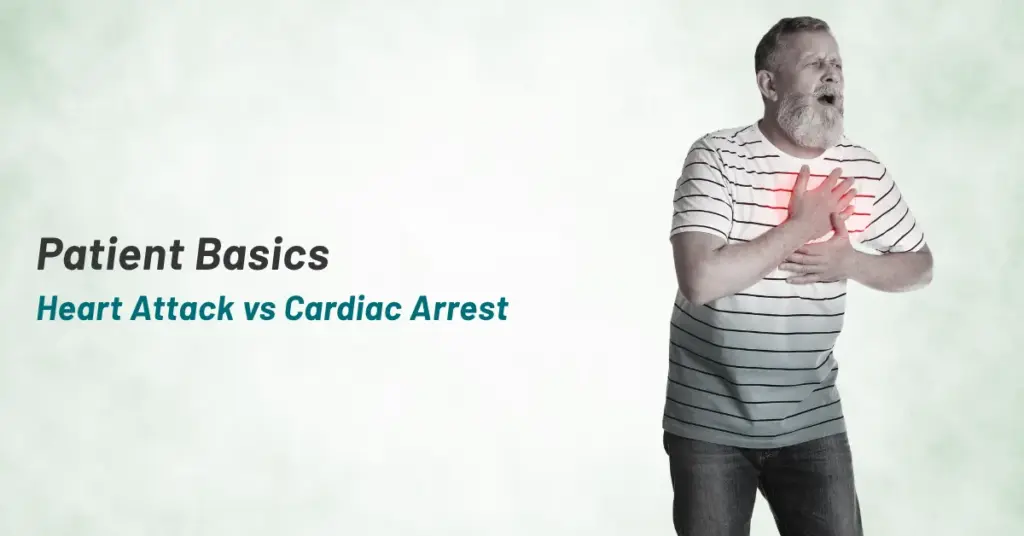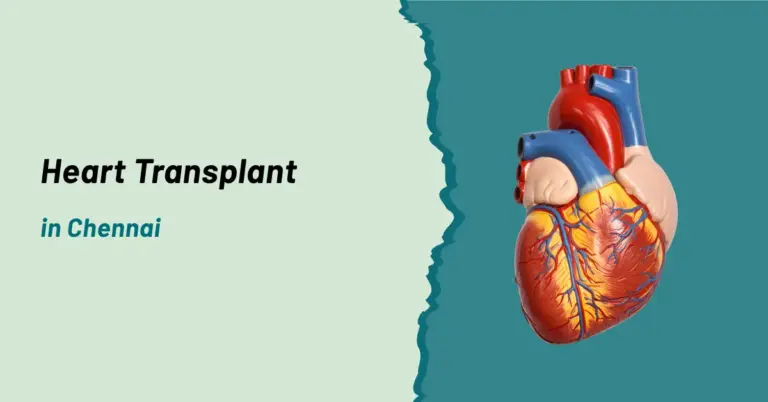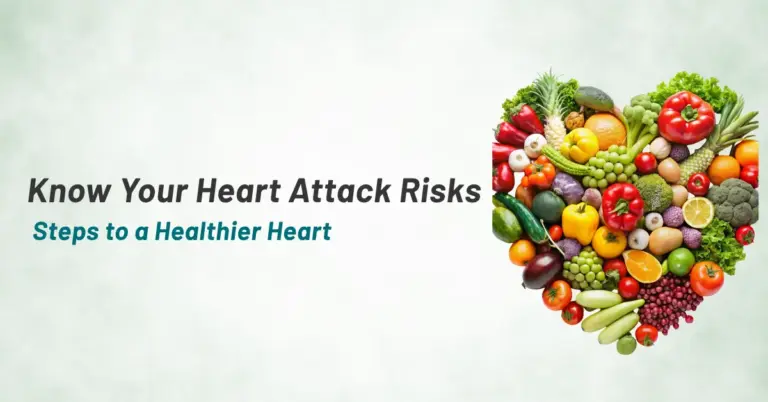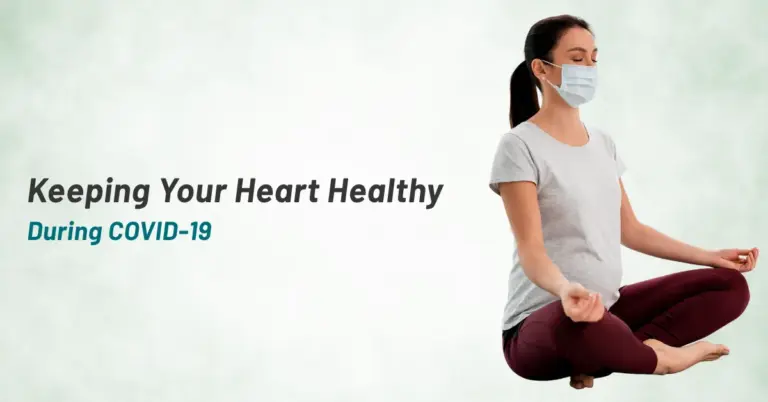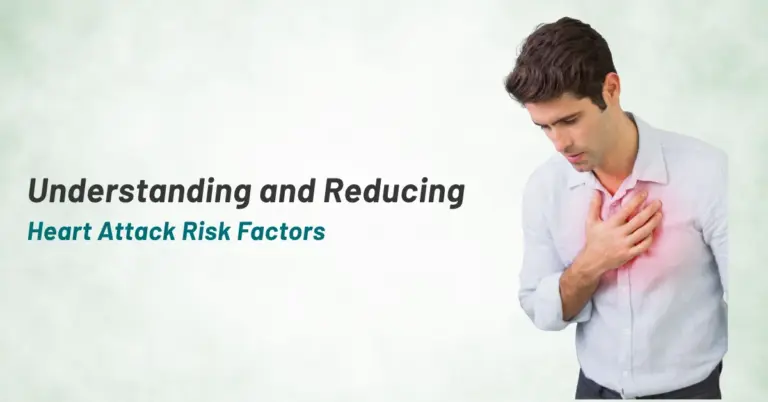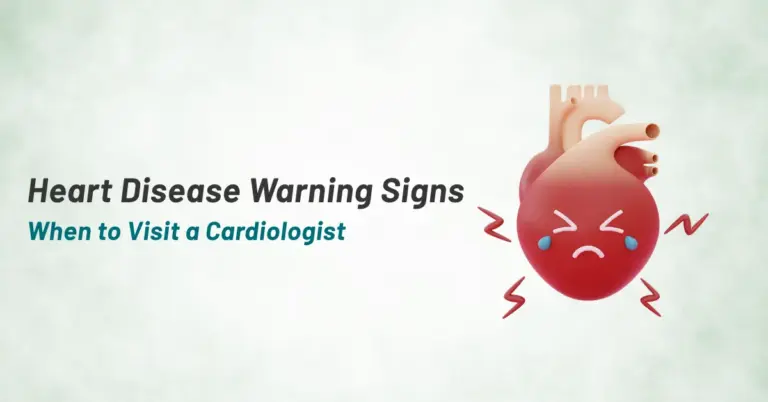Cardiac arrest and heart attacks are two critical conditions often confused with one another. While the terms are commonly used interchangeably, they are distinct, each with its own set of causes, symptoms, and treatments. Knowing the difference could mean the difference between life and death when responding to a cardiac emergency. In this blog, we’ll explore the differences between cardiac arrest and heart attacks, provide insights on recognizing symptoms, and offer tips on how to respond to each situation effectively.
What Happens During a Heart Attack?
A heart attack, medically known as a myocardial infarction, occurs when blood flow to the heart muscle (myocardium) is blocked, often due to a build-up of plaque in the coronary arteries. When these arteries are narrowed or clogged, the supply of oxygen-rich blood to the heart is interrupted. Without oxygen, the affected part of the heart muscle starts to die.
- Causes: Heart attacks are primarily caused by coronary artery disease (CAD), which occurs due to the accumulation of plaque in the arteries. This plaque is composed of fat, cholesterol, and other substances. Risk factors include a poor diet, lack of physical activity, smoking, high blood pressure, high cholesterol, diabetes, and a family history of heart disease.
- Symptoms: Common symptoms of a heart attack include chest pain or discomfort, which can feel like pressure, squeezing, fullness, or pain. Some individuals experience pain or discomfort in their arms, back, neck, jaw, or stomach. Shortness of breath often accompanies chest discomfort. Other symptoms include breaking out in a cold sweat, nausea, and lightheadedness. It’s essential to note that heart attack symptoms can vary between men and women, with women more likely to experience symptoms like shortness of breath, nausea, and back or jaw pain without the typical chest discomfort.
What Happens During a Cardiac Arrest?
Cardiac arrest, also known as cardiopulmonary arrest, is a sudden, unexpected loss of heart function. Unlike a heart attack, which involves a blockage, cardiac arrest results from an electrical disturbance in the heart. The heart’s electrical system controls the rhythm of the heartbeats. When this electrical system malfunctions, the heart can beat irregularly or even stop beating altogether, preventing blood from reaching the brain, lungs, and other vital organs.
- Causes: Cardiac arrest is often linked to abnormal heart rhythms called arrhythmias, such as ventricular fibrillation (VF). In VF, the heart’s electrical impulses become rapid and chaotic, causing the heart to quiver ineffectively instead of pumping blood. While cardiac arrest can occur without warning, it is more likely to happen to individuals with a history of heart disease, severe heart attacks, or other underlying conditions such as congenital heart defects, severe electrolyte imbalances, or drug misuse.
- Symptoms: Cardiac arrest occurs without warning. When it strikes, the person collapses and becomes unconscious, with no pulse and no breathing. Without immediate intervention, brain damage and death can occur within minutes. Immediate medical attention, including cardiopulmonary resuscitation (CPR) and defibrillation, is crucial to restoring normal heart rhythm and improving survival chances.
Warning Signs of Heart Attack
Recognizing the signs of a heart attack can save lives. Here’s what to look for:Chest Discomfort: A common symptom of a heart attack is discomfort in the center of the chest that lasts more than a few minutes or comes and goes. This discomfort can feel like uncomfortable pressure, squeezing, fullness, or pain.Pain in Upper Body: The pain might radiate to one or both arms, the back, neck, jaw, or stomach. This can often be confusing for people, leading them to believe the pain is unrelated to their heart.Shortness of Breath: This can occur with or without chest discomfort and is often accompanied by other symptoms.Other Symptoms: Cold sweats, nausea, or lightheadedness can also signal a heart attack.
What Can You Do?
If you suspect someone is having a heart attack or a cardiac arrest, act quickly. Remember that every minute counts in these emergencies. Here are some steps you can take:Call for Help: Dial emergency services immediately. Time is of the essence.Perform CPR: If the person is unresponsive, start CPR right away. Push hard and fast on the center of the chest, about 2 inches deep and at a rate of 100-120 compressions per minute.Use an Automated External Defibrillator (AED): If available, use an AED to deliver an electric shock to the heart to restore a normal rhythm. AEDs are designed to be used by the public and provide simple instructions for use.
Minutes Matter!
Even though heart attacks and cardiac arrest are different conditions, both require fast action. Time is a critical factor in determining the outcome and quality of life post-recovery. Swift medical attention can make a significant difference in survival rates.Don’t ignore the warning signs of heart disease. Take control of your heart health by being proactive, knowing the symptoms, and seeking timely medical care. At Prashanth Hospitals, our team of expert cardiologists is ready to provide the highest level of care to help you maintain a healthy heart. Request an appointment with our top cardiologists today.

